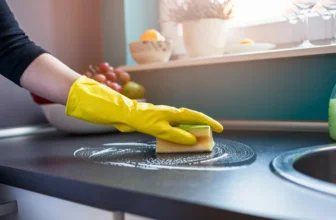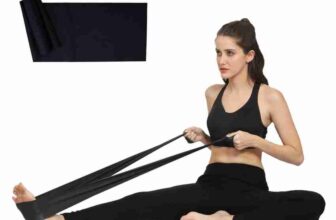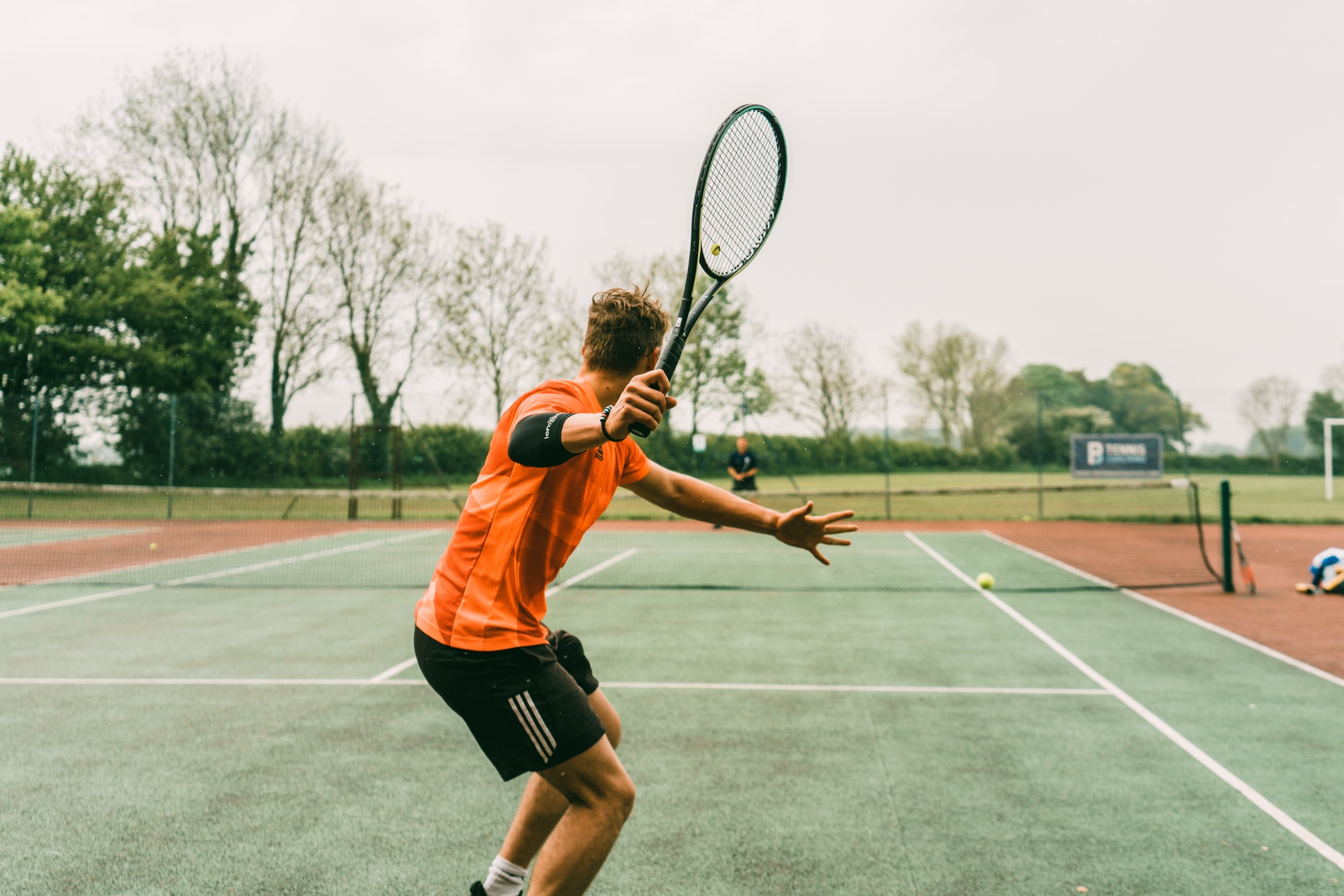
Tennis may be challenging for beginners, so don’t have unrealistic expectations for your first few matches. You will probably lose, but that’s okay. Just play for fun and get a feel for the game.
If you are playing with others or can see them, watch their form and posture when they play. You can also ask them for some pro tips about tennis rackets or shoes.
Whatever your level of experience with a tennis racket, we’ve got you covered here with a step-by-by-step description of how to improve your game. As a tennis newbie, keep in mind the following tips.
Table of Contents
1. How to properly hold your racket
The western, eastern, and continental grips are the three most common methods to hold a tennis racket in the sport. Many players employ grip variants since there isn’t a singular grip that works for everyone. The eastern forehand grip is the default grip for most tennis players. This grip is popular among tennis stars like Roger Federer. To use an eastern grip, position your index finger on the third angle of your dominant hand, parallel to the string face.
The backhand is notoriously difficult to master because most players alter their grip somewhat. A continental grip on the backhand is more probable if you use an eastern forehand grip. To use the continental grip, place your dominant index finger on the second bevel of the handle and shake hands with it.
2. Proper swinging motion
What determines the shot’s trajectory and result in the swing action. Swing “low to high” whether you’re hitting a forehand or a backhand. Turn to the side while bringing the racket back as the ball approaches. Swing from low to high to make contact with the ball with a fluid motion. The swing accelerates when the racket is dropped before the ball touches the ground. The ability to produce topspin on the ball is enhanced by finishing high.
Keep your racket face closed upon impact to avoid “accidentally” hitting smashes! When you shut the front of your racket, it signifies that your strings are perpendicular to the ground. Swing without the ball, and don’t forget to hit from low to high as you practice!
3. Warm-up
The “small” court technique is our first piece of tennis advice. Slowing down the swing and getting a better feel for the ball are the primary goals of this warm-up. Begin by standing in the center of the service line with your companion, who should also be standing there. After there, it’s only a matter of bouncing the ball back and forth. It would help if you tapped as many times as possible to keep the ball alive as long as feasible. To improve your accuracy and consistency, aim to smash the ball at a height midway between your partner and the net.
During a rally, it’s crucial to keep up with your regular routine. This is done by keeping your racket in front of you and being light on your feet. The time has come for you and your partner to return to the baseline with your rackets!
4. Educate yourself.
Taking classes is the most effective method of learning. You won’t pick up negative habits this way, and you’ll get to meet individuals of the same caliber. Find out what your local gyms and tennis courts have to offer by doing some research.
5. Stamina is key
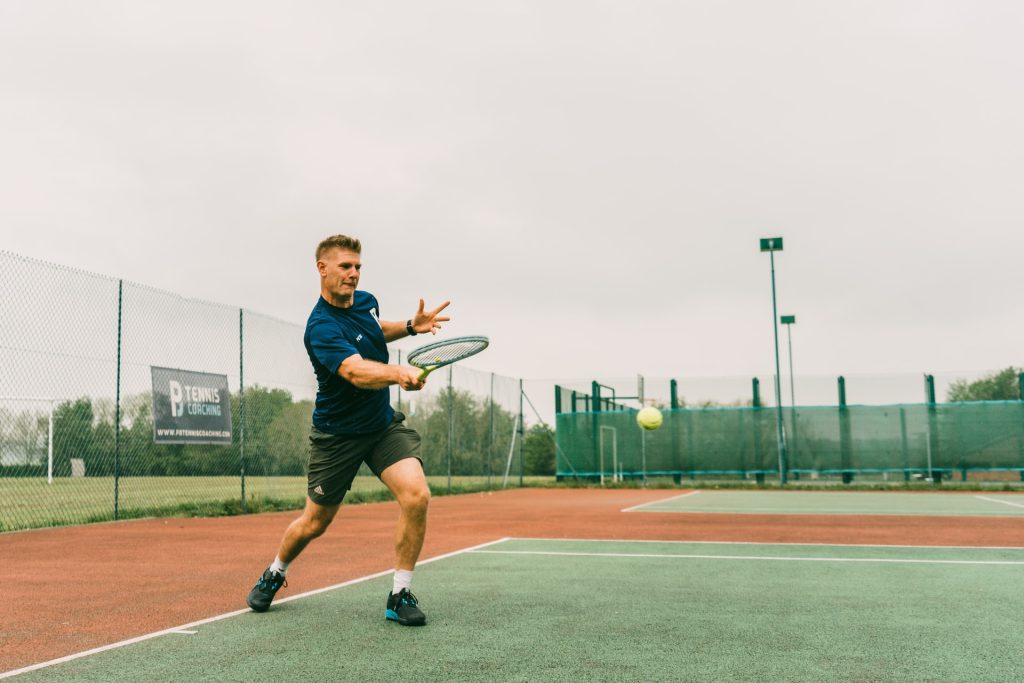
Source: unsplash.com
After only a few games, it doesn’t matter how much speed you have on the court. A regular, well-rounded aerobic exercise program may assist. If you play more tennis or engage in other sports, you may achieve this.
6. Practice
The top players in the world have worked hard for years, starting at a young age and with the support of some of the best coaches, to get to where they are now. You may perform well one week and savagely the next for no apparent reason. Do not be depressed by this; it is very natural! If you keep playing, your game will work itself out in the long run. Competing in the game is the best method to learn. Even for experienced players, engaging in match play might reveal areas for growth.
7. Always be hydrated
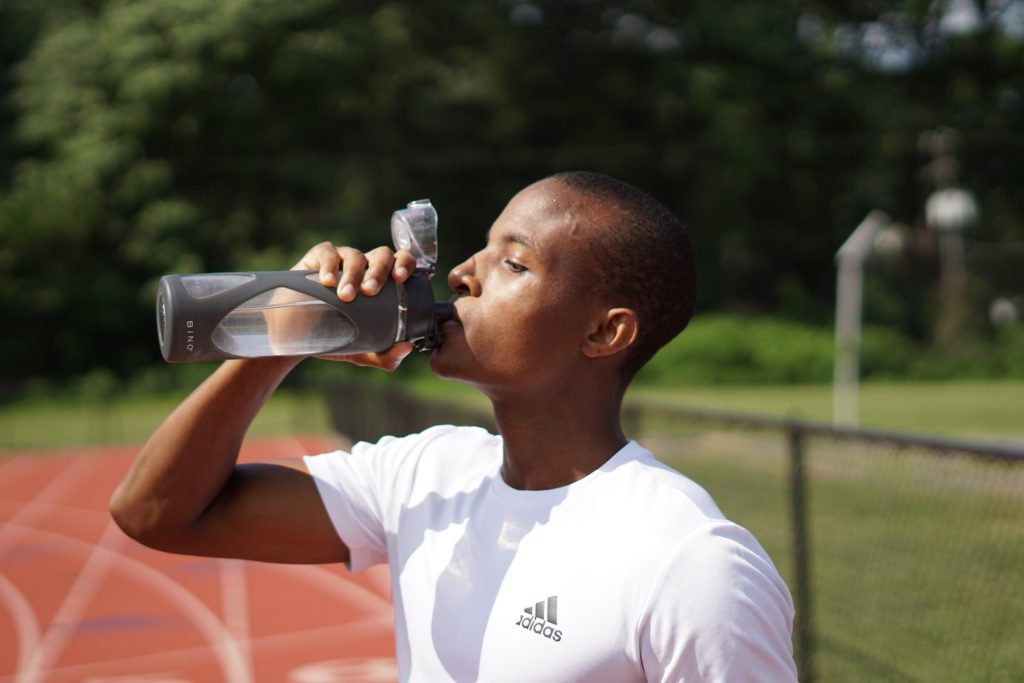
Source: unsplash.com
Take lots of water and light snacks with you, especially if the weather is nice. During a stoppage in play, you’ll witness professional players sipping water or munching on bananas.
8. Be patient
Forget about the previous point, especially if you’ve lost it, and focus solely on the one you’re playing. Even though getting angry or frustrated doesn’t improve your game, it can lead to an individual becoming so upset that they fail. This is known as “tilt,” It frequently occurs in sports where emotion takes precedence over a cool, calm, and collected approach.
9. Remember the two stances
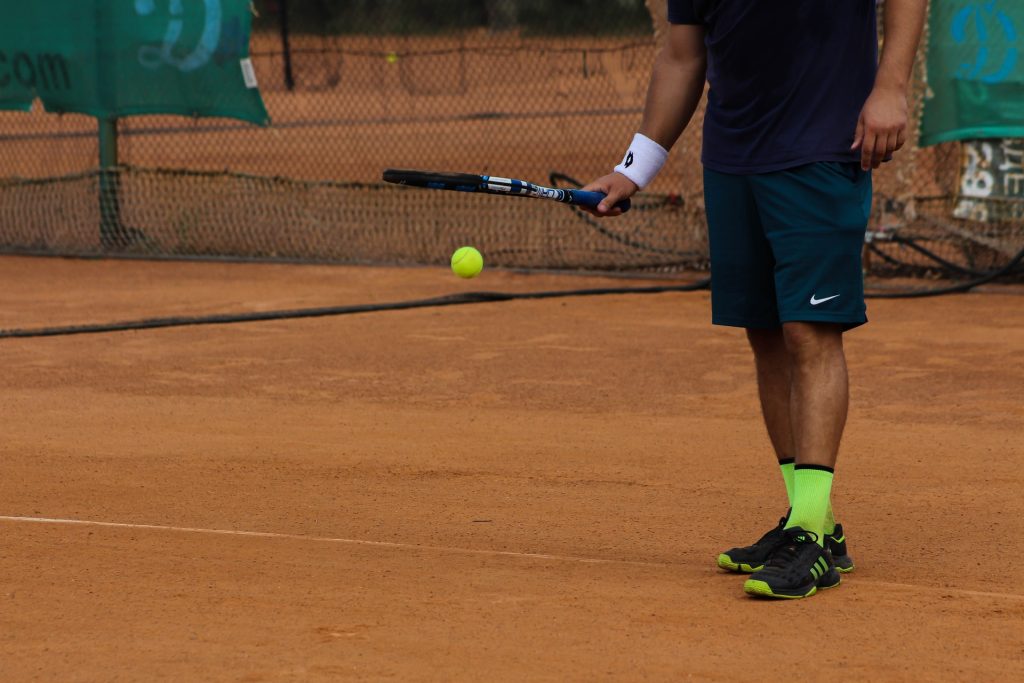
Source: unsplash.com
Amateur tennis players are often unaware that there are two basic stances to choose from when playing the game. There are two ways to take a stance: open and closed. Both can help you improve your tennis game over time and are helpful in many situations. Instead of studying a variety of stances, many players focus on mastering just one, which inhibits their ability to play a variety of balls. A high-bouncing ball will be extremely difficult to play if you only know how to play the square stance. 9 out of 10 times, you need an open stance to bring the ball under control.
If you think your coach has forgotten about this and most players only learn one stance, you should talk to him about learning both stances.
10. Keep your eyes on the ball
Watching a pro in slow motion will reveal one significant difference between the average recreational player and a professional. That is their ball-to-eye contact. Roger Federer is an excellent illustration of this, but you can take any professional and check where their eyes are at all times. Most of the time, they’ll be fixated on the ball.
When Federer serves, he keeps his gaze fixed on the ball for a half-second after it has left the racquet to ensure that the point of contact is always flawless. The majority of amateur players don’t pay attention to the ball, preferring instead to focus on their opponent or their upcoming shot, making it difficult for them to hit consistently accurate shots.
Tennis is a sport that requires constant improvement, so don’t give up. It’s only when you refuse to improve your game that it becomes challenging. Take everything you’ve learned here to heart, begin slowly, and you too will be on your way to professional tennis stardom.





